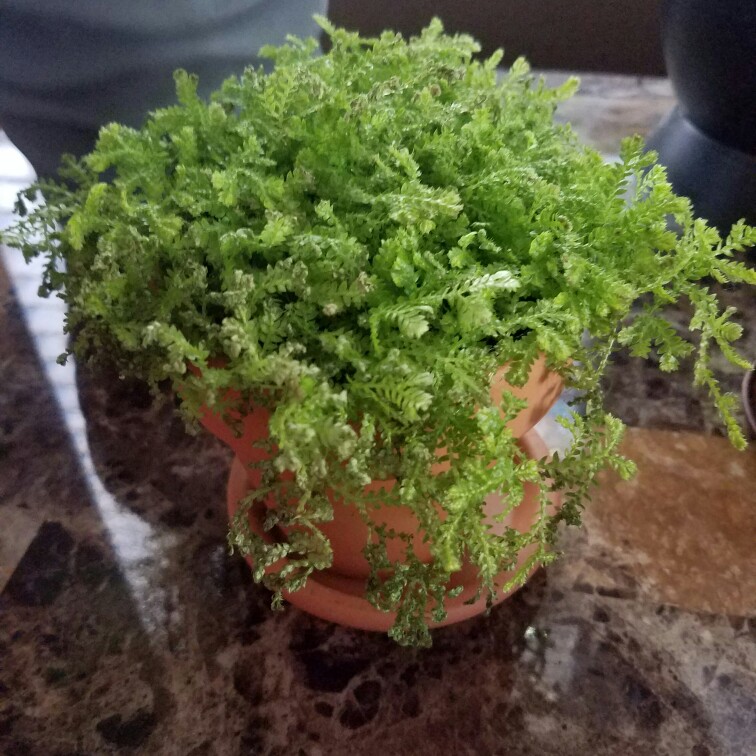
Selaginella
Clubmoss
Selaginella are evergreen rhizomatous, mat-forming perennials. They may be small and tufted, or tall and scrambling, with slender stems covered with small scale-like leaves - often fernlike. They develop spores in short terminal spikes. There are many different varieties, and they vary hugely in size, and in the way they grow. Most like high humidity
Contributed by @tarellethiel
-
Full sun to partial shade
-
Occasional watering
-
Not Frost hardy
-
Moist and free draining
Common name
Clubmoss
Latin name
Selaginella
type
evergreen perennial
family
Selaginellaceae
ph
5.0 - 7.3 Acid - Neutral
Plant & bloom calendar
-
Best time to plant
full grown dimensions
 0.50 M
0.30 M
0.50 M
0.30 M
Selaginella
Selaginella are evergreen rhizomatous, mat-forming perennials. They may be small and tufted, or tall and scrambling, with slender stems covered with small scale-like leaves - often fernlike. They develop spores in short terminal spikes. There are many different varieties, and they vary hugely in size, and in the way they grow. Most like high humidity
Planting
From Early Spring TO Late Spring
In areas prone to frost, grow under glass in a mixture of two parts loam (John Innes No2) and one part leafmould. Place in bright, filtered light. In Winter months a minimum temperature of 5 deg.C is required. Water with tepid water - never cold water
Propagating by spores
From Late Summer TO Mid Autumn
Collect spores in the Autumn, when they are ripe, and sow spores under glass on top of compost, and place the pot or tray in a resealable polythene bag in bright light, at 21 deg.C. After 2-8 weeks the top of the compost should turn green, and prothallia should appear. Mist lightly to encourage fertilisation. After several more weeks the first fronds should appear. When the plants are about 2" high, pot into separate pots, but keep the humidity high by putting the pots in polythene bags


















